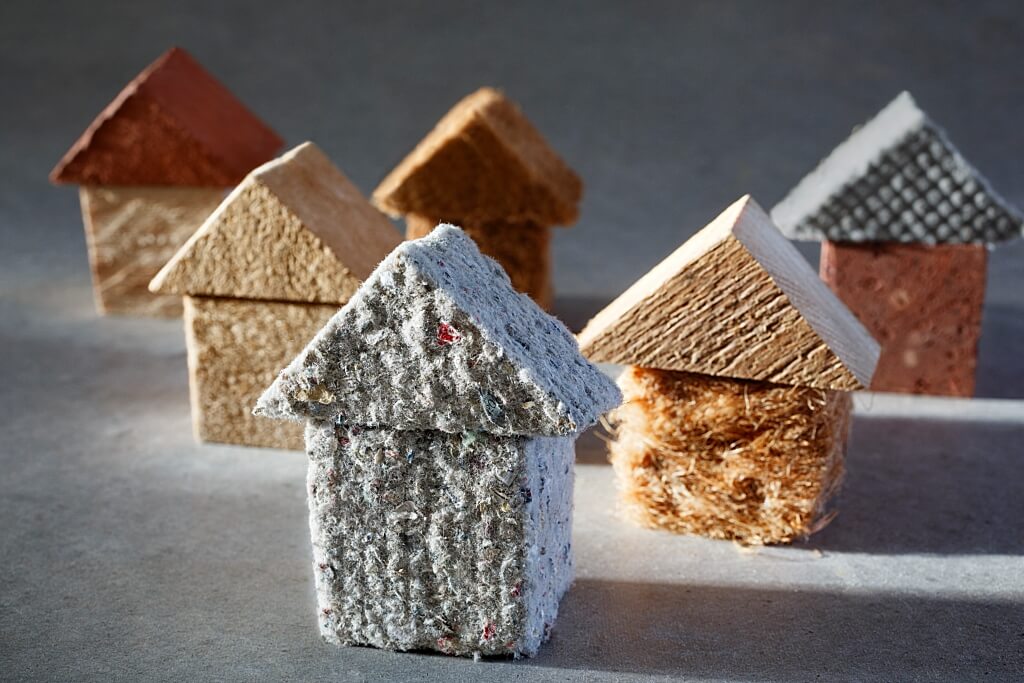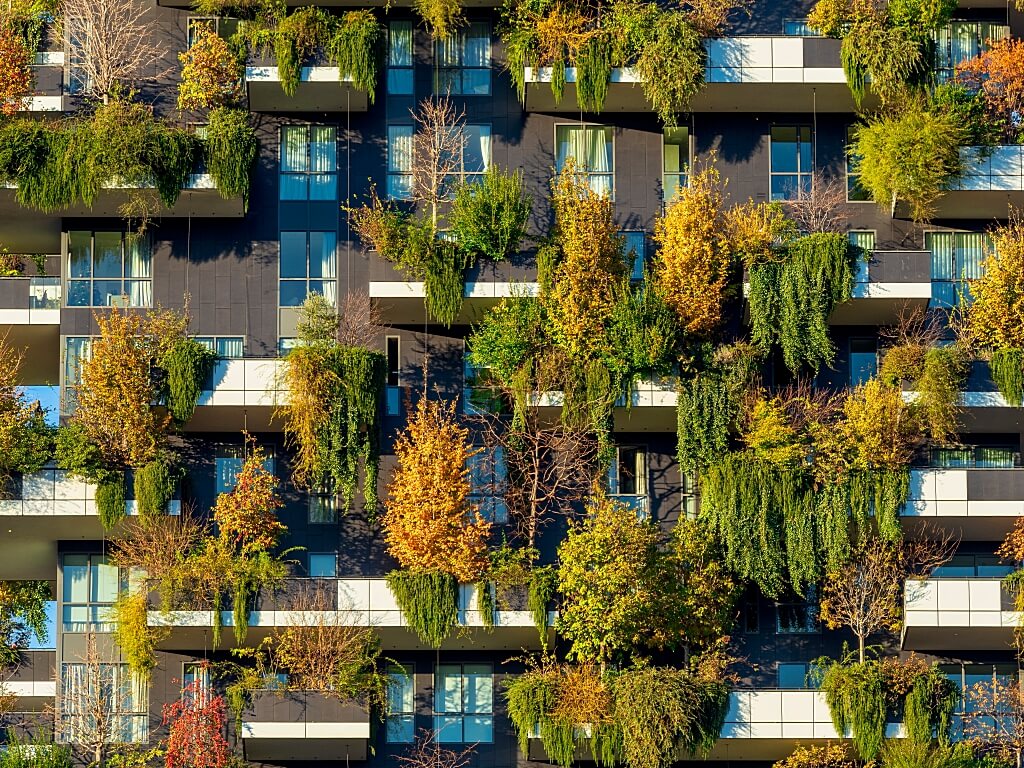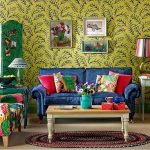Best Home Furnishing Materials for Sustainable Interior Design

Sustainability is a popular concept in building and interior design nowadays. This is because more and more people are becoming aware of the need to conserve the environment. Consequently, most homeowners and developers are now incorporating sustainable interior design into their homes and projects. Sustainable design can be defined as an environmentally responsible approach to interior design that involves integrating sustainability into its principles. This means making nature and natural resources a part of the design itself.
A sustainable future has been carefully planned for. To achieve this, we need to consider the environmental impact of the materials and products we choose to use. We must ask ourselves if the residents will be able to interact with them in an eco-friendly way. Only by making these types of decisions can we hope to create a more sustainable future.
There are many different approaches that organizations can take when it comes to sustainable design philosophy. Some companies have been able to drive change by implementing wiser practices to conserve the Earth’s natural resources. Others have been able to bring about responsibility in building and design by significantly reducing their consumption of these resources. Many interior designing companies have taken many critical steps toward designing and developing sustainable products.
Importance of Sustainability in Interior Design includes:
Use of Sustainable Materials
Designers today are always thinking about the life-cycle and environmental impact of the materials they use. They plan for the production and disposal phases of a project to make sure that the materials will have minimal impact on the environment. Using sustainable construction materials is one way to help reduce the negative environmental impact of a project.

Growth of Sustainable Concept
The importance of sustainable materials is evident in many aspects of our lives, especially when it comes to planning a project. Architects and interior designers are at the forefront of making sustainable materials more widely used, and as a result, sustainability is becoming an important consideration for everyone.
Global Environmental and Psychological Impact
Sustainable materials are those that can stand the test of time. They become a part of our history and age with us. Many stories can be told through the sustainable pieces in your home. It brings the power of doing good to the next level by pivoting the mindset along with the life choices we make every day.
Let’s discuss the green building materials that are environment friendly –
Creating Eco-friendly Green Building

1. Choose Eco-friendly Materials (Furniture, Flooring & Rugs) for Sustainable Design
It’s important to understand that going green in our homes isn’t just about solar panels and conserving water. It’s about using sustainable materials in our furnishings, floor coverings, and other architectural design elements to create a healthier environment. Here are some design elements that use renewable materials:
Reclaimed Wood – Barn Wood or Weathered Wood
Choosing reclaimed wood over living trees for your next furniture project is a more sustainable option. Reclaimed wood is simply recycled old material, giving new life as beautiful eco-friendly furniture. You can find barn wood mantels, rocking chairs, coffee tables, and even flooring made from reclaimed wood to refurbish your interiors with a rustic look.
Bamboo
Bamboo is a versatile and sustainable material that has a lot of great properties. Unlike trees, bamboo is classified as a grass and is one of the fastest-growing plants in the world. Bamboo is a great renewable resource that requires no or fewer fertilizers or pesticides for growth.
Recycled Metal
Recycled metal not only reduces pollution and conserves energy but also its luster creates sustainable industrial design aesthetics for your home. Metal furniture requires less processing and fewer resources than furnishings made with non-renewable material. Additionally, metal can be repeatedly recycled without weakening its properties.
Bio-Glass
This biodegradable green alternative is a great option, for making décor items from bathroom sinks to countertops and flooring. This material is made entirely from recycled glass, which is heated and compressed to create solid-surfacing slabs.
Cork
Cork floors have a lot of benefits over other types of flooring. Unlike hardwood, cork is a sustainable material that doesn’t damage the tree when it’s extracted. Plus, cork is very sturdy and can be reused many times, making it a great option for flooring.

Recycled Plastic
Recycled plastic can have a lot of second chances when it comes to interior design. Rugs that would normally be thrown away can instead be made from recycled plastic, giving the material a new use. Polyethylene is usually heavy and dense, but with some creativity, it can be converted into furniture like stools or outdoor benches. The color is solid throughout the material also makes it highly fade-resistant. Other forms of commonly wasted plastic, like PET bottles, can be used to create things like yarn. This yarn can then be woven into different articles of clothing.
Jute Fibres
Jute is a natural fiber that can add an earthy tone or feel to your home in many different ways. This coarse material grows quickly and is thus rapidly renewable, making it a great option when it comes to creating an eco-friendly home. Jute rugs are not only durable but also aesthetically pleasing, and they are a good heat insulator, so they are economical as well.
2. Pick Environment-friendly Finishes
You might not know this, but the paint or varnish we add to raw materials for a little extra sheen plays a role in sustainability, too. Many paints have VOCs (volatile organic compounds) that evaporate at room temperature and can last for weeks. VOCs can cause serious health issues for people exposed to them, as they can pollute indoor and outdoor air. Additionally, many finishes contain biocides, fungicides, and pigments that can be harmful to the environment. To reduce your ecological footprint, consider using these earth-friendly finishes:
- Water-based paint, stains, and sealants
- Non-toxic paint
- Milk paint
- Low-biocide paints
- Latex paint
- Finishes with “low VOCs”
Why is it important to use sustainable materials in interior design?
The process of recycling used materials, waste, and resources is an important part of sustainability. It helps reduce pollution, conserve natural resources and reduce the overall negative impact on the environment.
Any successful interior design project begins with a detailed and accurate assessment of the space involved. Once that’s completed, the designer can then focus on how to use sustainable building materials to limit the environmental impact of the project. This might involve specifying construction materials that offer low environmental impact or that are recyclable, for example. And of course, the sustainable design also includes efforts to lower pollution, waste, and energy consumption related to the project.
Operating a sustainable interior design practice can help improve the designer’s brand image by reflecting a commitment to protecting the natural environment. Designers who want to project a sustainable image can use recycled materials, energy-efficient lighting, and water-saving fixtures in their designs.
In the end, it’s all about using space efficiently and choosing the right materials. Sustainable interior design is definitely worth the investment.










